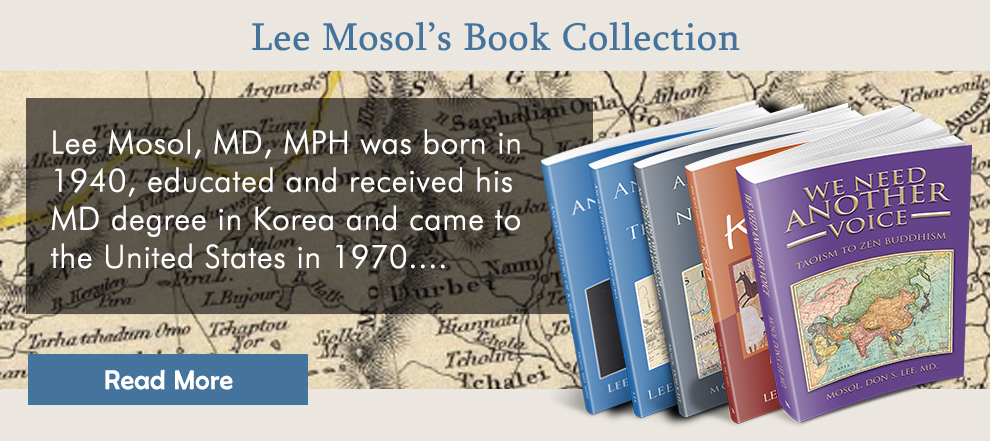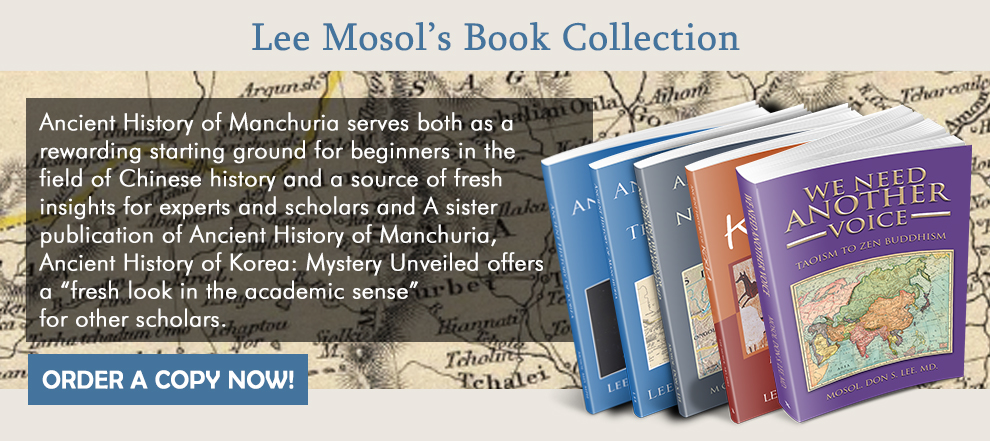The birthplace of Ancient Korea(古朝鮮)-Discussion-7
Main text-7:
Yemaek(濊貊, 穢貉) people had built an unique culture in the Northeast Asia. They spread out from Inner Mongolia northern China plain and to the southern Manchuria.
The Hongshan culture (simplified Chinese: 红山文化; traditional Chinese: 紅山文化; pinyin: Hóngshān wénhuà) was a Neolithic culture in the Liao river basin. Hongshan sites have been found
They used the Knife money, built unique burial culture. Their mythology were shared with central Asia, south Asia and Eastern Mediterranean region. Apollo, Mazda, Zoroastrian, Boreas the Greek god of the cold north wind, and Unicorn are few examples.
The legendary archer is a Dong-yi mythology based upon the birth of Old Korean. Evidences are in the logograms. The legendary archer “Ye羿” is another nick names (益為翳, 伯翳.百蟲將軍) of Dangun Wanggeom who unified Nine Provinces to the One confederal State. His wife “Hang Ah姮娥” is the lady hwan meaning early morning (桓,恒). The legendary archer “Ye羿” is Apollo the god of archery in Greek mythology.
They had wanted to take back the old glory.
Chen Shou (陳壽 233-297) described their unique cultural event known as October Ritual to the Heaven(十月祭天) in the Southern Manchuria segment by segment by the region. Goguryeo named Dong-Maeng (東盟), Buyue(夫餘) as Yougn-go(迎鼓), Hahn as So-do(蘇塗) so on . Korean still cerebrate on October 3rd, as The Day of Heaven Open (開天節) as of the most sacred holiday. Young-go(迎鼓) means Welcome Drum (鼓: 伊耆氏造鼓) which is related to Dangun Wanggeom . Drum and Trumpet are the most important musical instrument for ceremony. They set up a Totem pole decorated with fabrics and worshiped to the heavenly god. Modified form of Young-go has been noticed recently in the Shanxi Province where Buyue (夫餘, 胡不與之國) and Xiānbēi (鲜卑) had been till the Spring and Autumn period . The name Buyeo means someone from the west (胡, 鬍)doesn’t have same appearance as us.
Xiānbēi (鲜卑) is the ordinary people who were under the leadership of one man above the Altar (單 one,于 on top) that was changed to Sunwo (鮮于, 鮮虞) Xiānyú by Chinese . They spoke the Tungusic language. After Han invasion in 108 BC, they ran away to the north and through the sea route north east Asia and western part of new continent including Hawaiian islands. The totem pole reveals their origin.
The Jurchens (女眞) were a Tungusic people who had been described with many nick names, and moved around through the NEA. The Jurchen tribes lived in present-day Northeast China. They were known as Jurchens since 10th century until the 17th century when they became known as the Manchu.:
Korean language is a branch of the Tungusic language family:
Linguists claim that Korean language doesn’t belong to the Tungusic language family. It is misunderstanding, equivalent to the moral imperialism, and a kind of academic fallacy. According the dictionary (ctext.org/zh) and pronunciation of each characters, lots of logograms are very similar to the current Korean phonetics. With this new finding, author speculated that the syntax could be the same as the current Korean language and confirmed by demonstrating a few examples in Shining. Ancient scripture also stated that the Book of Changes have Goryeo (Goguryeo)language now and then(注易, 往往有高麗言) in the Records of the Three Kingdoms .
There are many examples in the scriptures. They spoke Tungusic language and invented early logograms:
The evidences is in the Records of the Grand Historian (Shiji 史記). The Grand Historian Sima Qian(司馬遷; c. 145 – c. 86 BC) spelled out the phrase“余每讀虞書”, that means [I read every ancient records]. The Book of Han reiterated the same phenomena with adjectives “唐虞以前雖有遺文”. The logograms “遺文” has meaning of scribble on the metal plate(錯畫) or jade by the Bo-yi(伯益) descendants .
It is the same as written “追琢其章”in the Book of Classic Poetry and “斐斐文章” as Confucius had said in the Han Shi Wai Zhuan . The Ye-Maek(濊貊) tribe used to live in the Shanxi province. They name the province as the Province of slave. Hence engraving on the metal or piece of jade is the origin of “隸書”, literally scripts by the slave. They built the Khitan Empire. They spread out to wide east to central Asia and divided to two. Both of them left distinctive logograms known as Tangut scripts in the west, and Khitan scripts (契丹文字) in the east. The name Khitan (契丹) came from the word hédàn (盍旦) in the Book of Classic Poetry .
All the tribal names associated with Old Joseon had been described with many PLCs and PSMCs which had been noticed on the trial of Old Joseon from the birth place in the Shanxi province to the end in the Manchuria. The last one was described as current Joseon (今朝鮮) in the Records of the Three Kingdoms . Chen Shou cited legendary Gija who went to Joseon both in the sections of Hahn and Ye(韓濊傳). It was the strong hold of Sushen(肅愼 Sukshin by Korean) people. There were nomadic tribes. Goguryeo absorbed them in 280.
End
December 23, 2019
About the Author
Written by Lee Mosol
Retired physician from GWU and Georgetown University in 2010 2011: First Book in Korean "뿌리를 찾아서, Searching for the Root" 2013: Ancient History of the Manchuria. Redefining the Past. 2015: Ancient History of Korea. Mystery Unveiled.
Recent Posts
Recent Comments
- Don S. Lee MD on 부여의 시말:
- Seowa etymologist on Silla from Zhina(Southern China) to Korean Peninsula.
- James Kim on 약우 (若愚)
- James Kim on 약우 (若愚)
- James Kim on 약우 (若愚)
Archives
- May 2024
- February 2024
- October 2023
- August 2023
- June 2023
- May 2023
- March 2023
- February 2023
- January 2023
- August 2022
- July 2022
- April 2022
- March 2022
- January 2022
- December 2021
- November 2021
- October 2021
- September 2021
- August 2021
- July 2021
- June 2021
- March 2021
- February 2021
- January 2021
- December 2020
- November 2020
- October 2020
- September 2020
- May 2020
- April 2020
- March 2020
- February 2020
- January 2020
- December 2019
- November 2019
- October 2019
- September 2019
- August 2019
- July 2019
- June 2019
- May 2019
- April 2019
- February 2019
- January 2019
- December 2018
- November 2018
- October 2018
- September 2018
- July 2018
- March 2018
- February 2018
- December 2017
- November 2017
- October 2017
- September 2017
- August 2017
- July 2017
- June 2017
- May 2017
- April 2017
- March 2017
- February 2017
- January 2017
- December 2016
- November 2016
- October 2016
- September 2016
- August 2016
- July 2016
- June 2016
- May 2016
- October 2015
- September 2015
- July 2015
- May 2015
- April 2015
- November 2014



